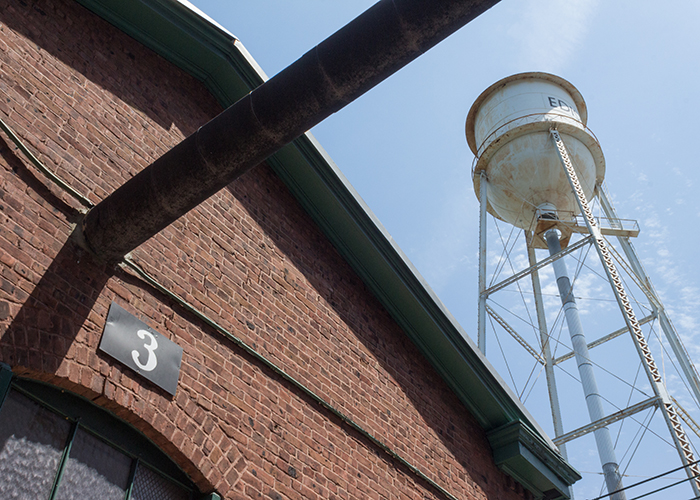 Previous Day |
Morris Plains, NJ → Hammonton, NJ 151.0 mi (243.0 km) |
 Next Day |
Even though it’s only the end of May, it’s getting hot and steamy here in New Jersey. There’s a lot more humidity here than I’m used to! That’s okay, though, because as I tour the remaining two parks of the Garden State, I would much rather tour in summer than the winter, especially at my first stop, America’s first national historical park, Morristown!
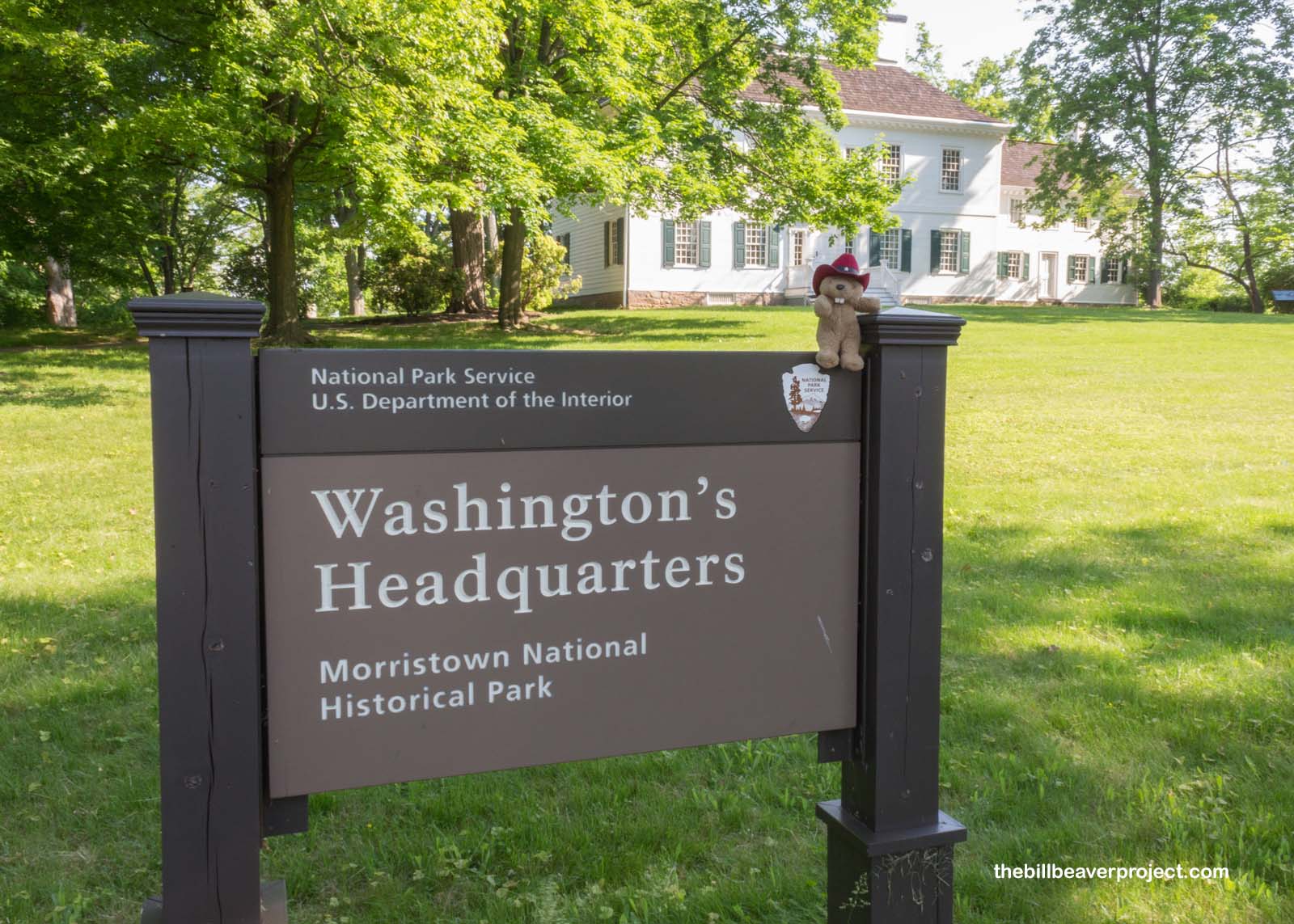 |
Morristown National Historical Park is divided up into four units that tell the story of General Washington’s coldest winter encampment during the Revolutionary War! I started my tour at the General’s headquarters. Just like at Valley Forge, Washington’s headquarters at Morristown demonstrate that he was very much a glamper! Rather than stay in one of the ramshackle cabins down the road at Jockey Hollow, General Washington, his wife, five aides-de-camp, eighteen servants, and a number of visiting dignitaries lived in the family mansion of iron maker, Jacob Ford, Jr!
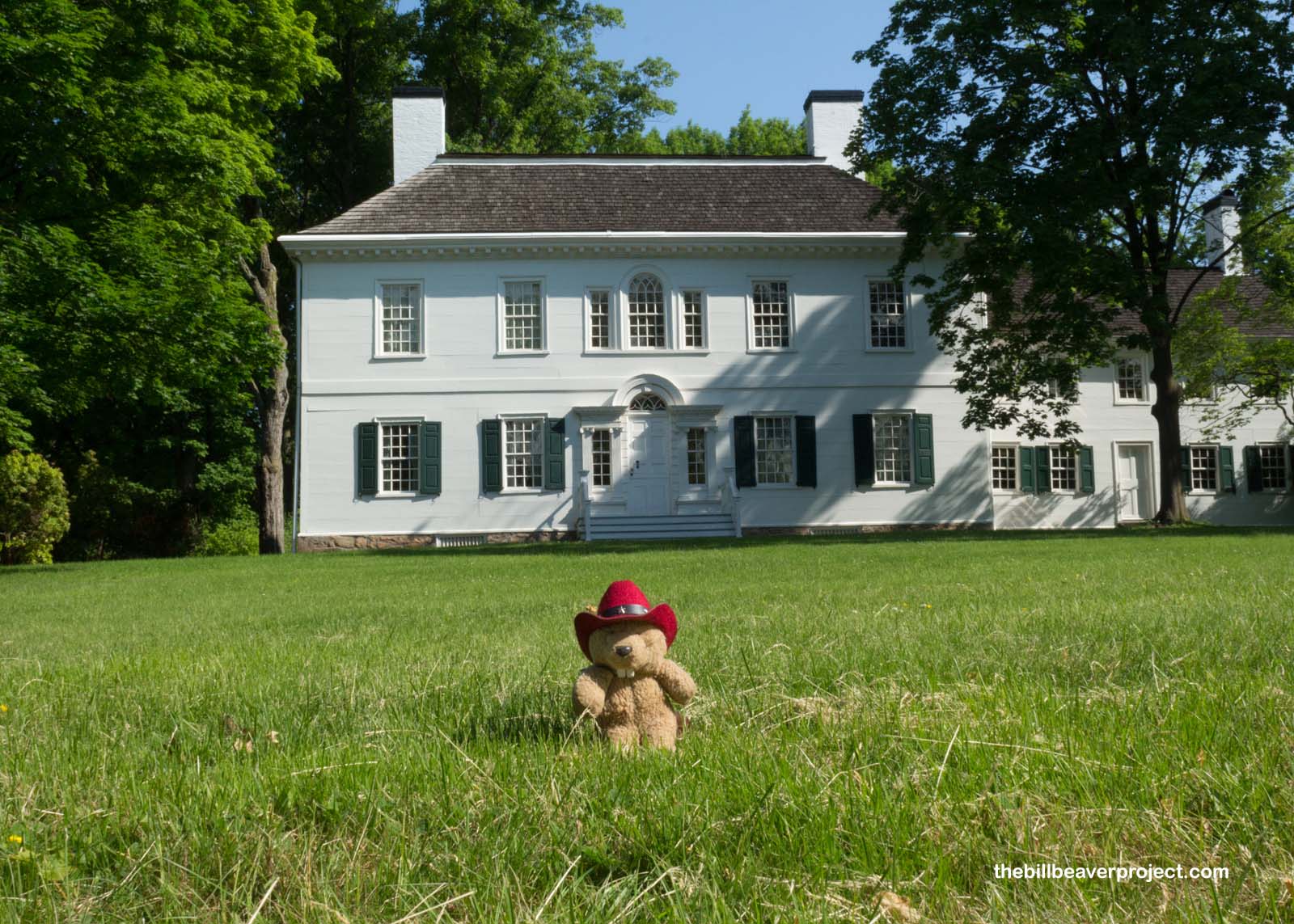 |
He’d been to Morristown the year before, scoping it out as a camp site, and liked it so much that he wanted to make it a supply base. So, he set up a redoubt on a nearby hill to keep watch over Morristown, and called it, fittingly, “the Hill.” Since it never saw battle over the course of the war, though, irritated soldiers started to call it Fort Nonsense, because they thought Washington had set it up just to keep them busy!
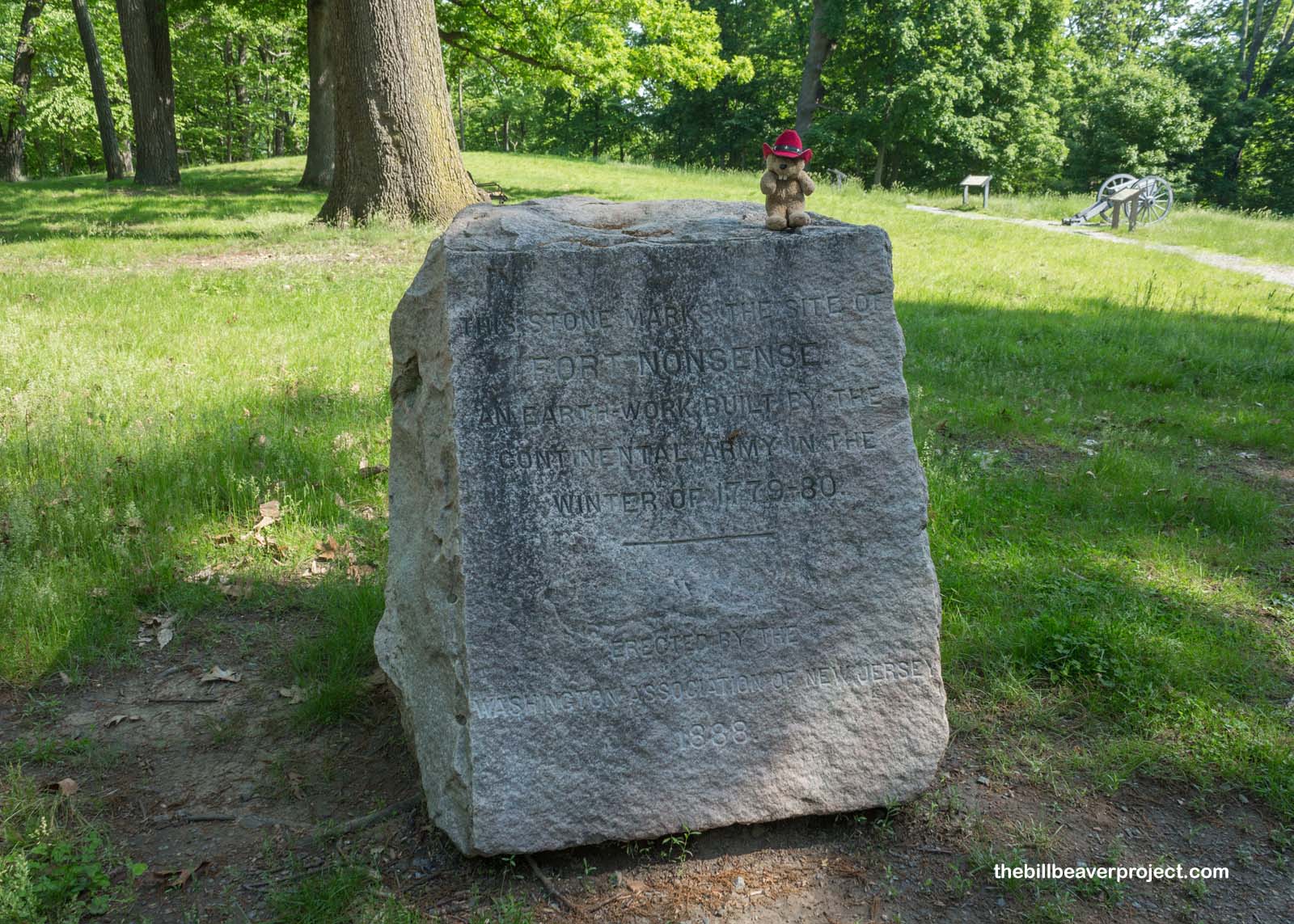 |
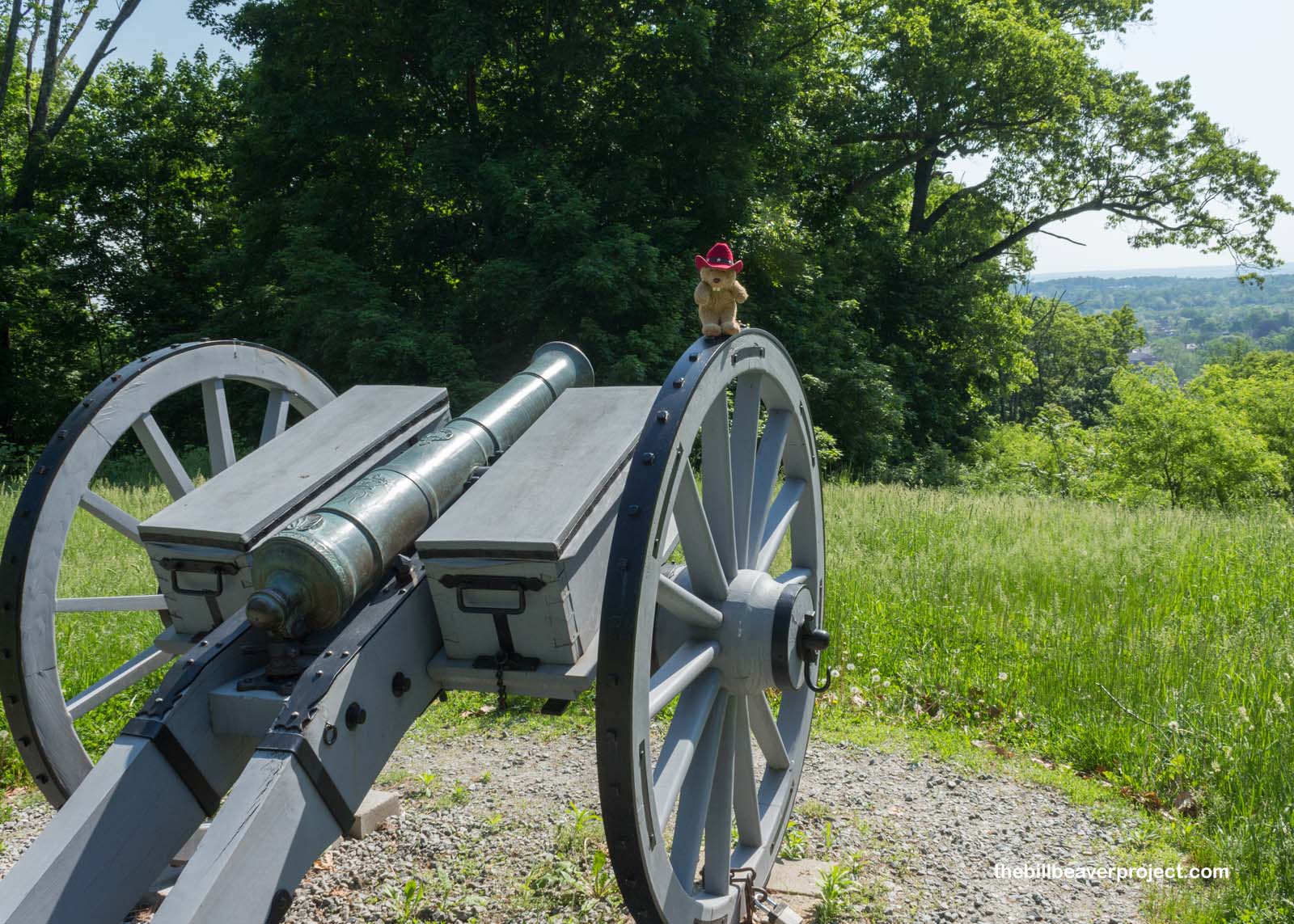 |
There were lots of reasons for the soldiers to be irritated in Morristown! Most of them had to stay further down the road at Jockey Hollow during this chilly winter. The largest landowner in Morristown, Mr. Henry Wick, had some very appealing trees on his property, and General Washington thought they’d be perfect for cabin building and fuel for winter fires. So, with Mr. Wick’s consent, he had 2,000 soldiers settle in and cut down half of all the trees on this 1,400-acre farm!
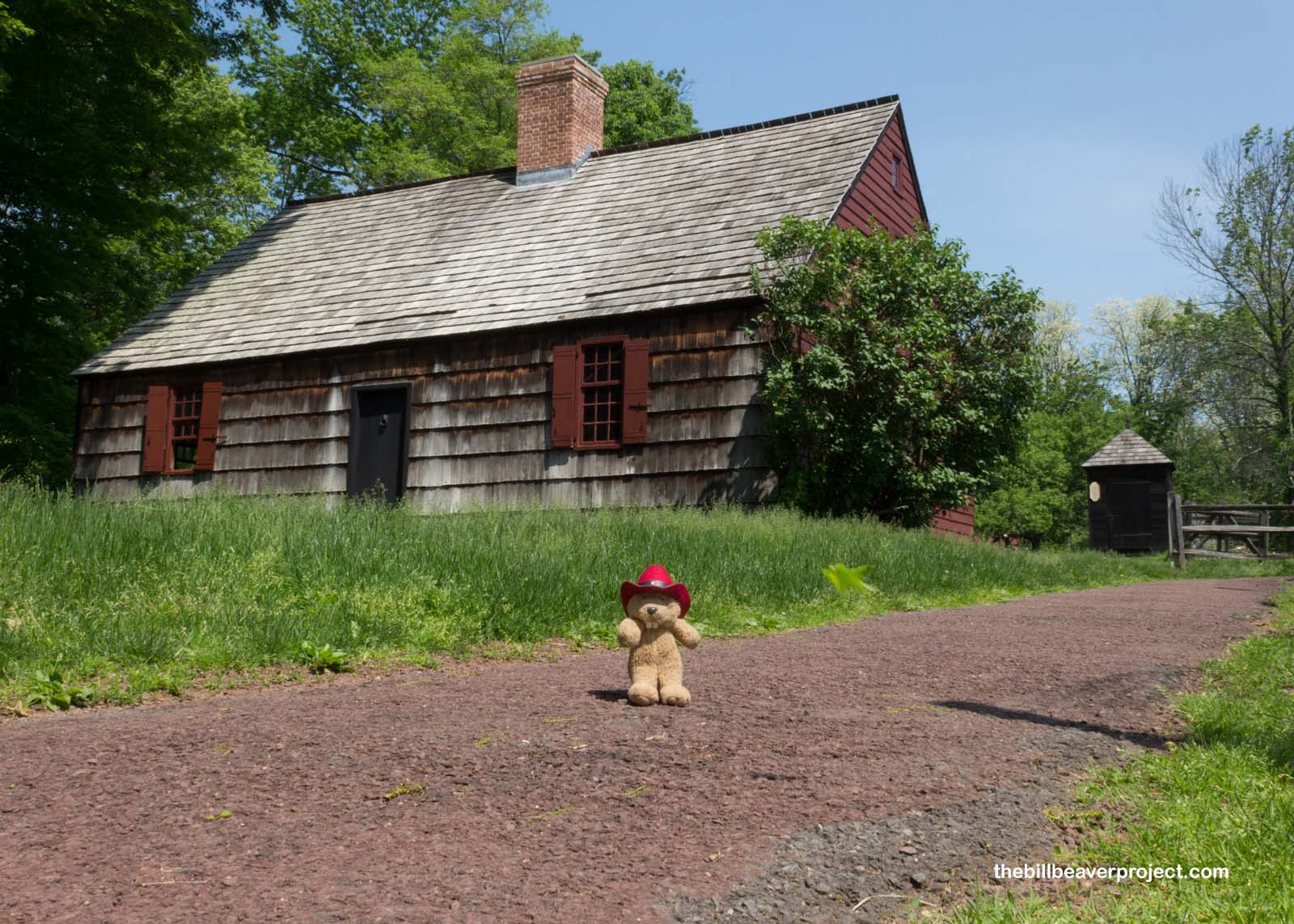 |
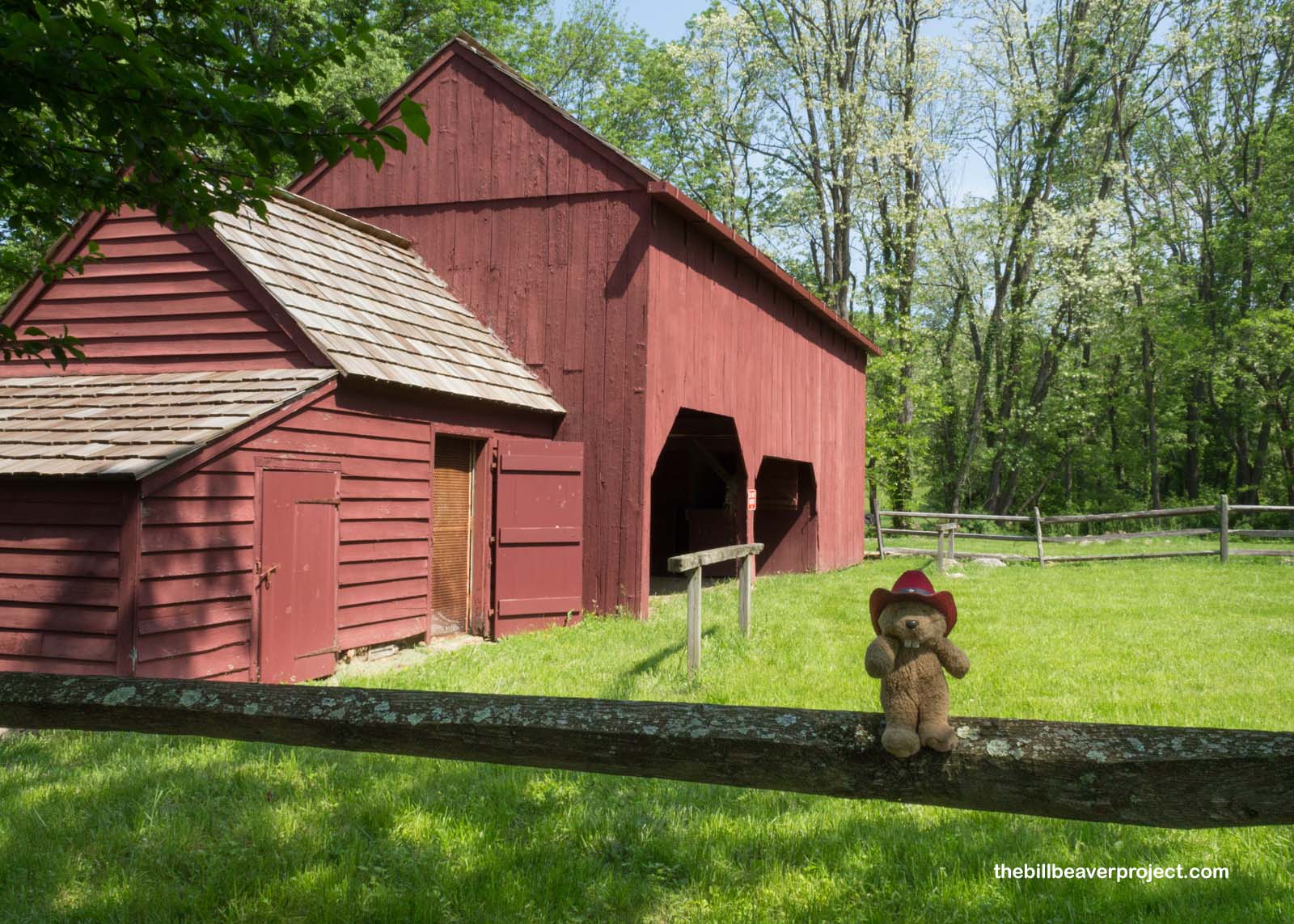 |
Life was rough in the soldiers’ cabins at Jockey Hollow! Over twenty major snowstorms struck in December alone, bringing not only freezing cold but also blocking important supply routes, which severely delayed the arrival of food and clothes for many months! Many soldiers had to endure this tough winter with little more than a blanket to cover their bodies!
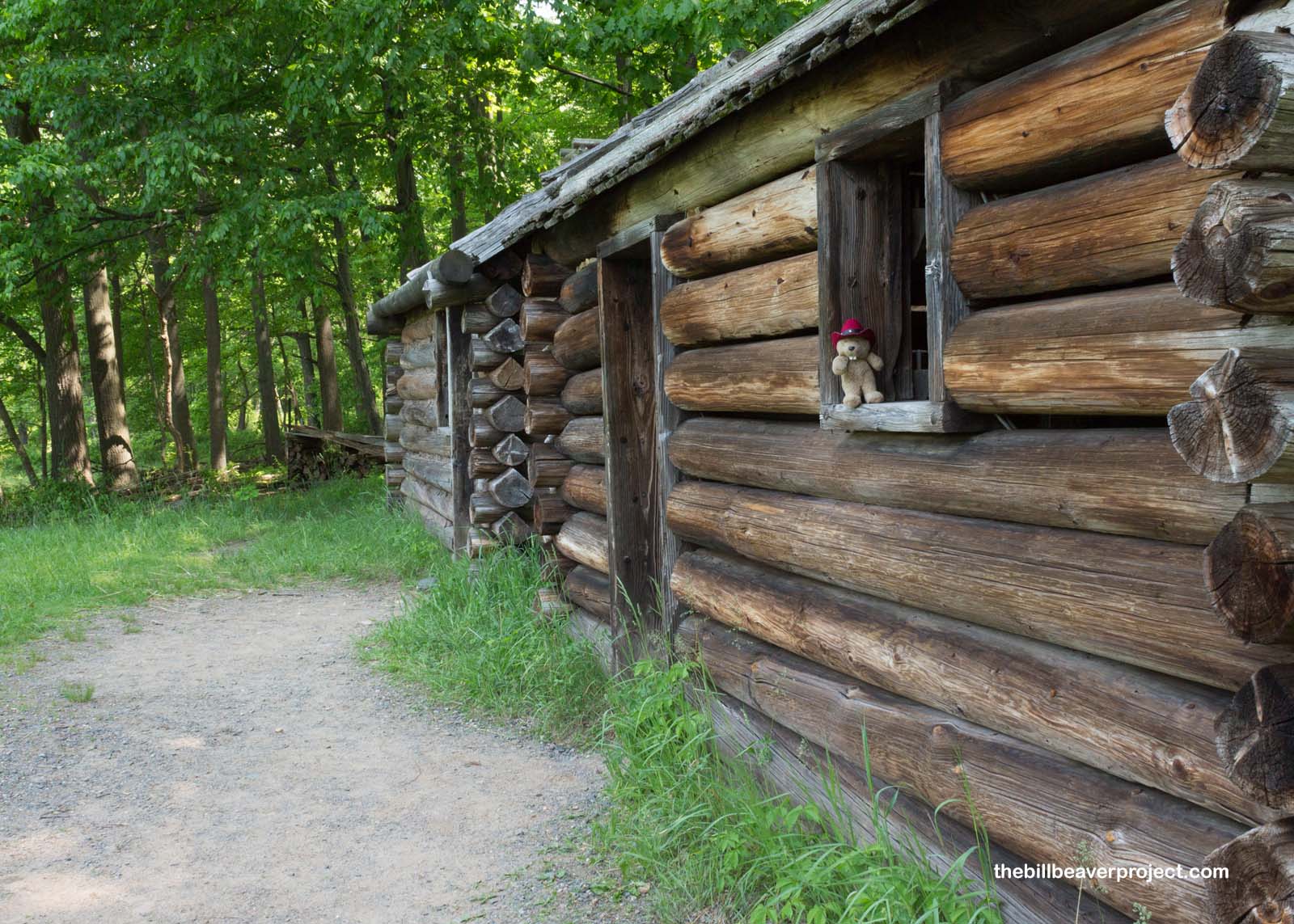 |
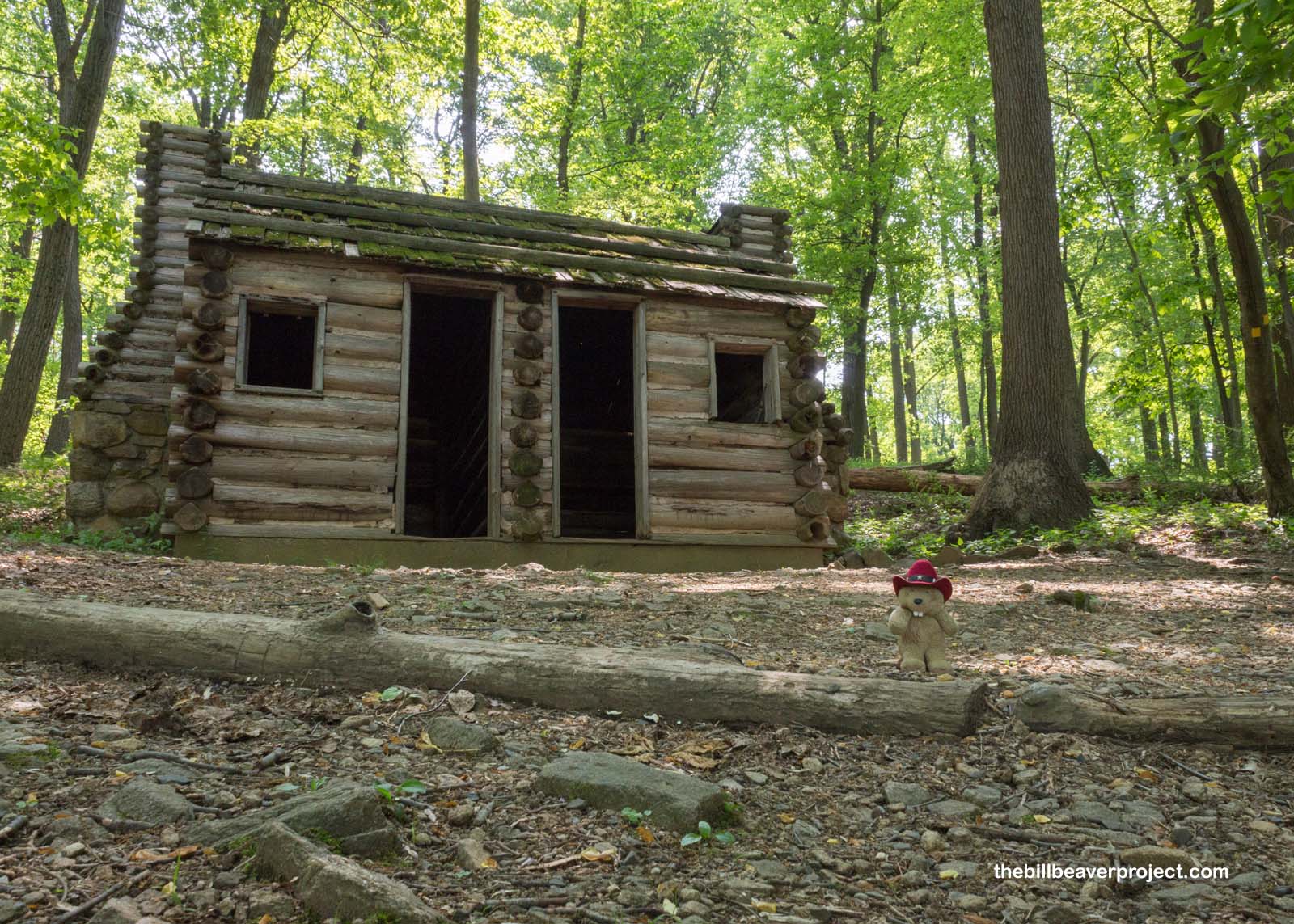 |
To make matters even worse, the soldiers were crammed into these tiny cabins, which didn’t have a lot of insulation to offer put them all within close proximity just in time for smallpox to strike Morristown! The only thing that could be done was to give all the soldiers the new vaccine for the disease, which, at the time was still being tested and could have terrible side effects! Nevertheless, without this risk, the Continental Army at Morristown could have been no more!
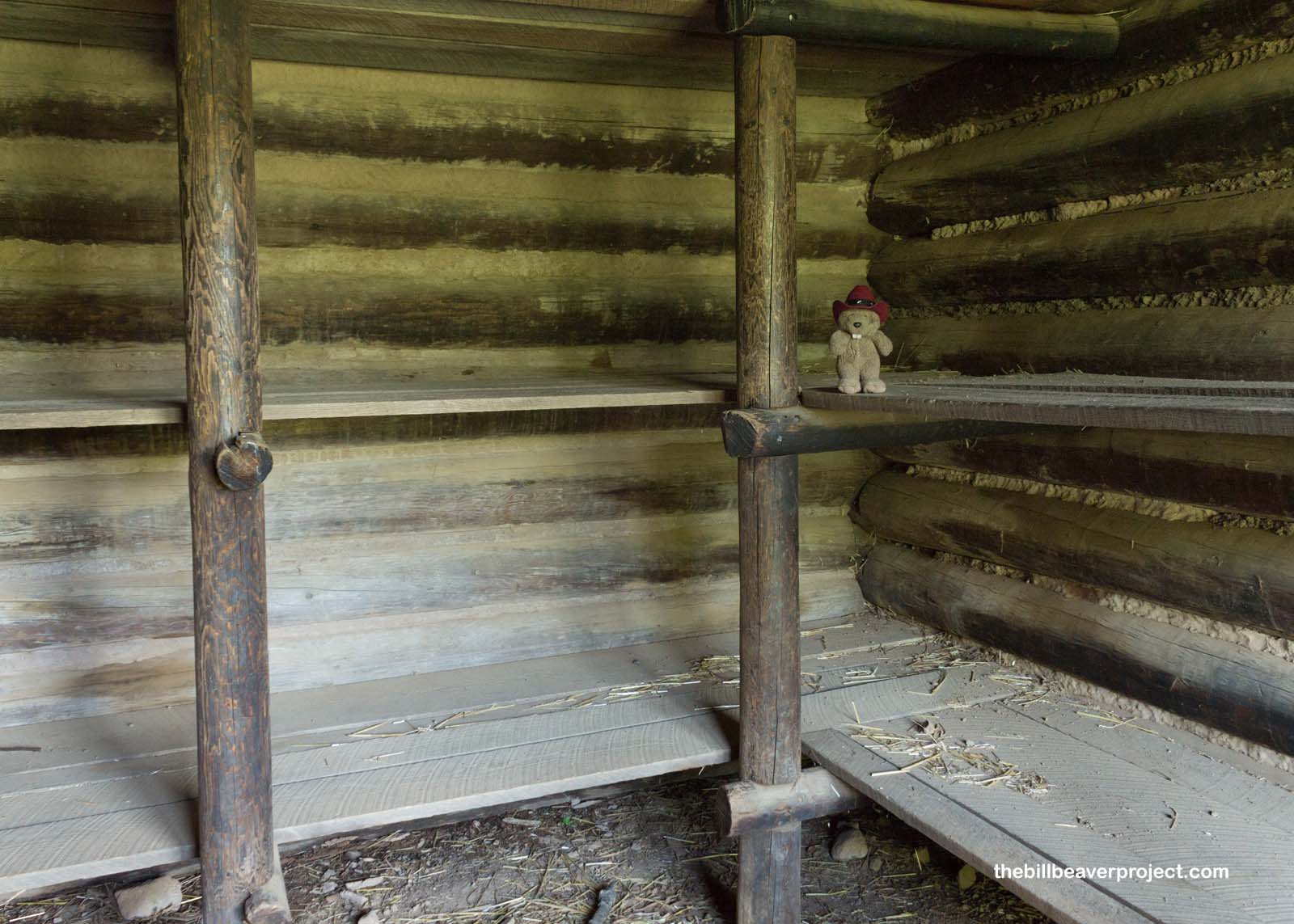 |
Luckily, there was a strategy to some of the suffering. General Washington generally didn’t allow the soldiers to celebrate holidays with one major exception: St. Patrick’s Day! Why, of all holidays, would he have picked St. Paddy over say, St. Nicholas? Well, by formally recognizing an Irish holiday, General Washington was showing his support to the Irish, who were also on the verge of political independence from the British Empire! When war is afoot, and the stakes are liberty or death, every little distraction is worth making!
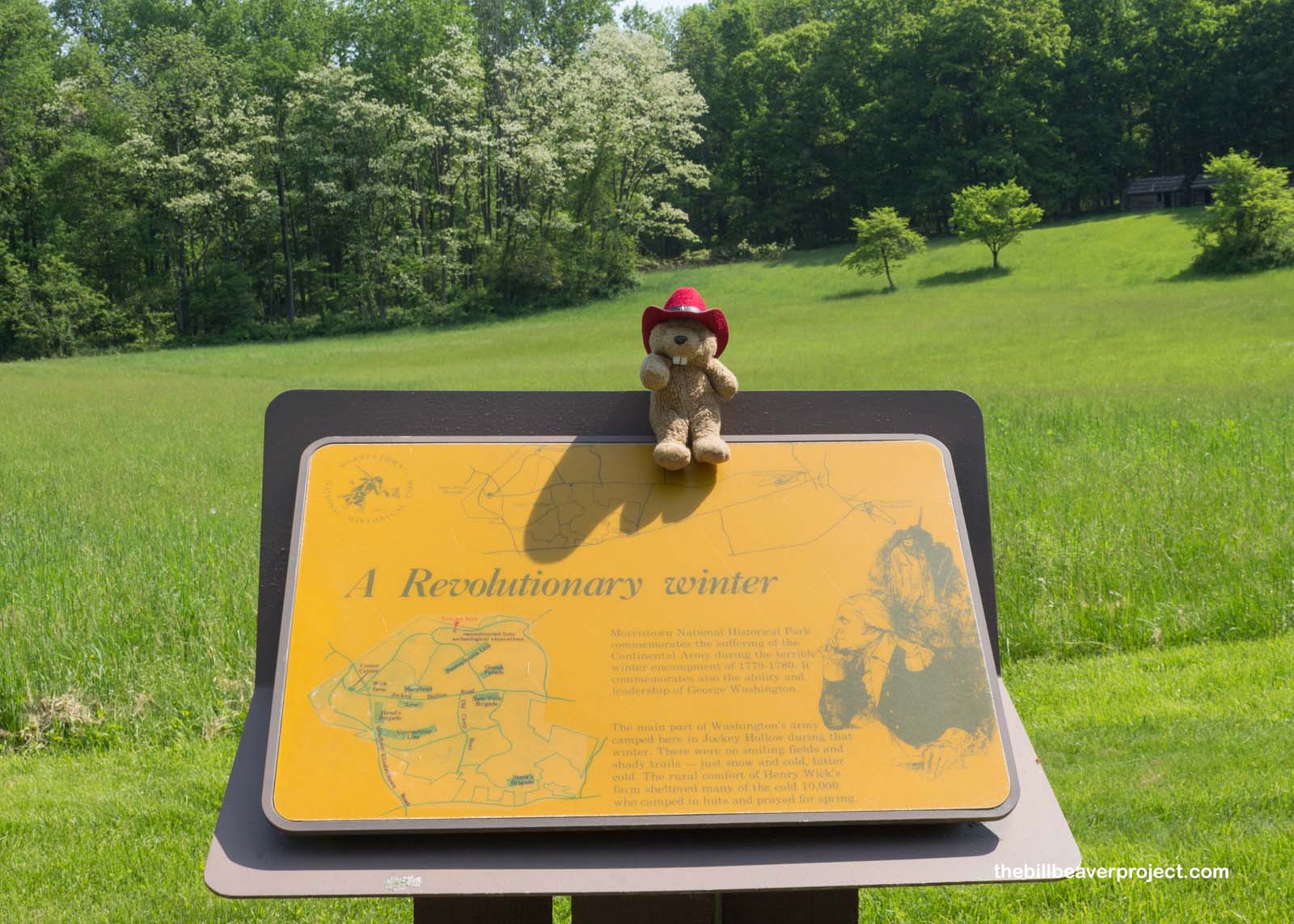 |
As the sun climbed higher, I headed east into a more urban setting. Nestled in the suburb of West Orange, the old laboratory of Thomas Alva Edison still welcomes visitors who are curious about the old inventor’s life and creations!
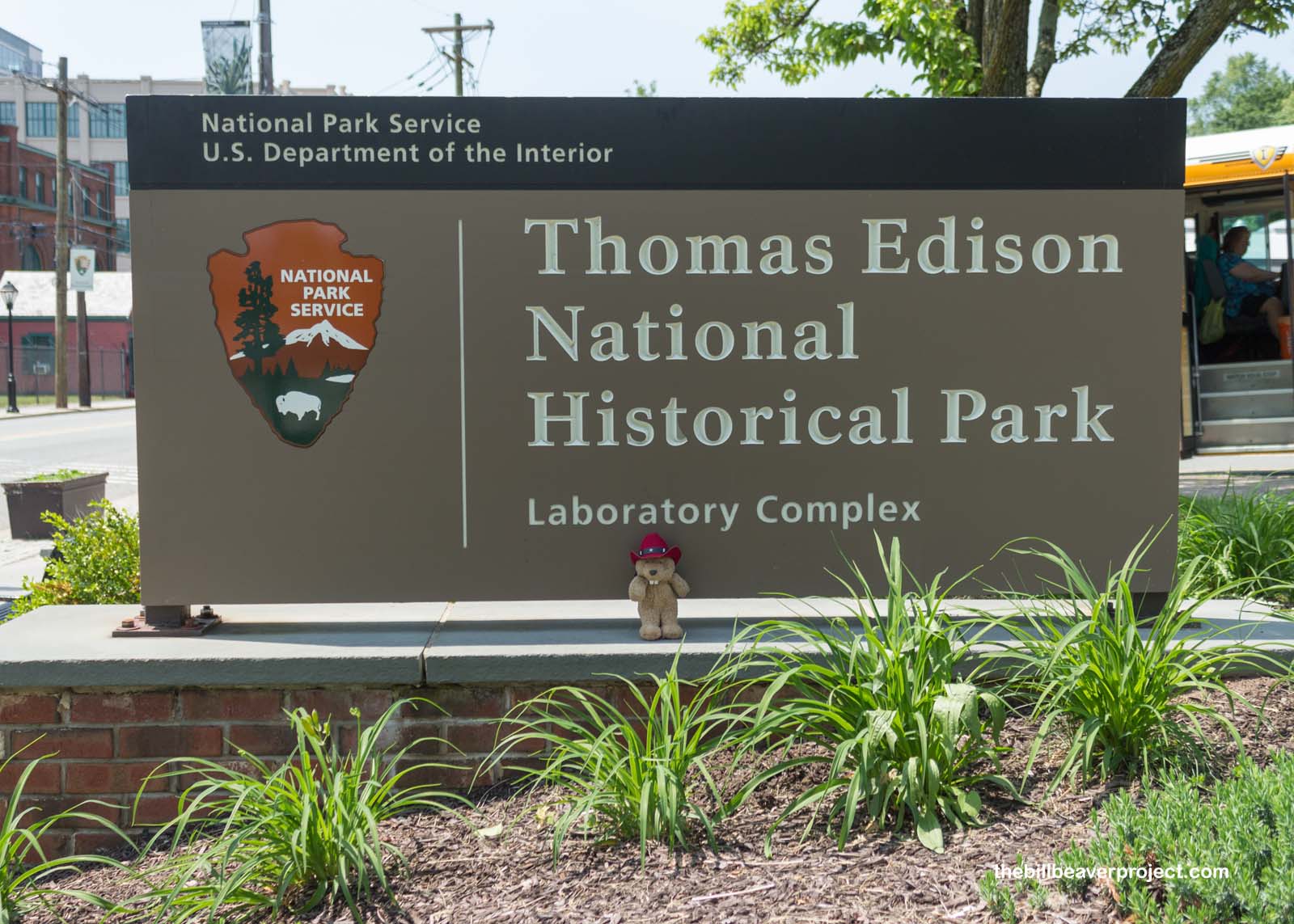 |
Most folks remember Mr. Edison as the founder of the lightbulb, and indeed, his harnessing of electricity made him a global sensation, receiving numerous fan letters from multiple U.S. Presidents! But there was so much more up Mr. Edison’s sleeve than just lightbulbs!
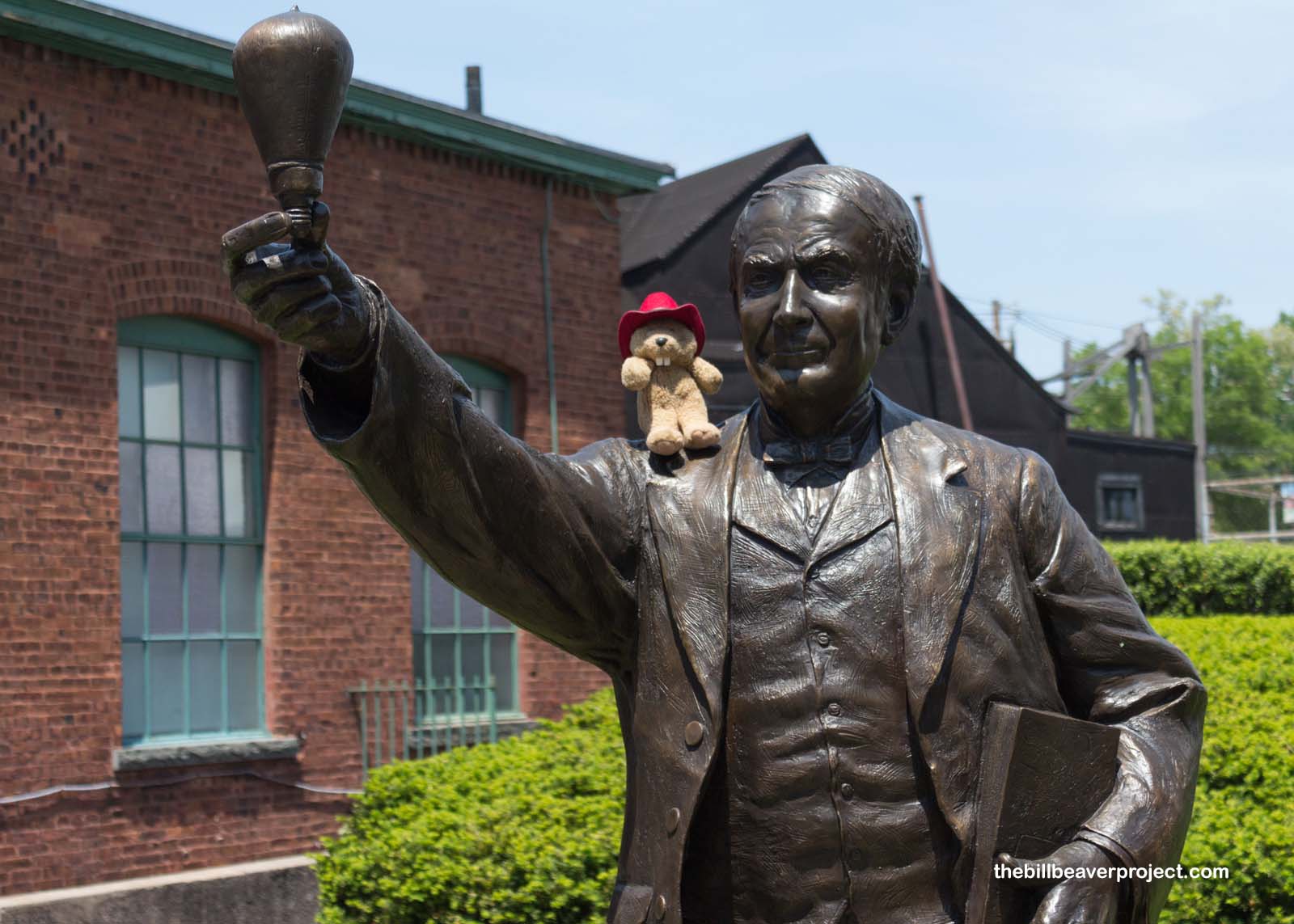 |
Here, at his West Orange laboratory, Mr. Edison and his team of expert “muckers,” came up with all kinds of inventions (he had over 1,093 patents)! The complex was divided into the main three-level lab and several smaller buildings for textile, metallurgy, chemistry, and woodworking projects! The main lab was my main stop for this tour!
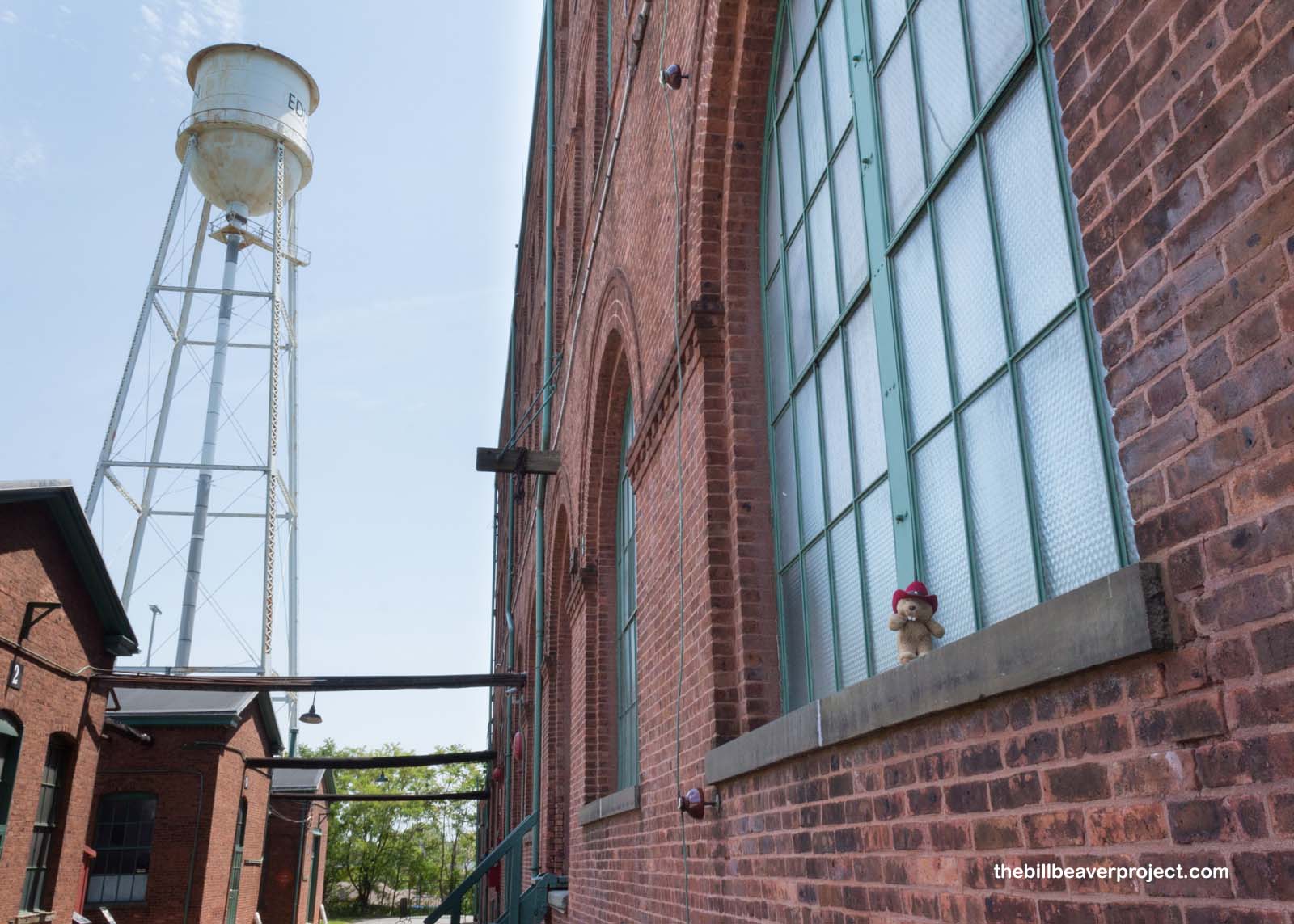 |
Inside, Mr. Edison’s impressive library is still pretty much intact, down to the clock that stopped on the minute he died and remains nailed in place today! There is a statue made in his honor of an angel trampling on old forms of power and holding up an electric bulb that lights up!
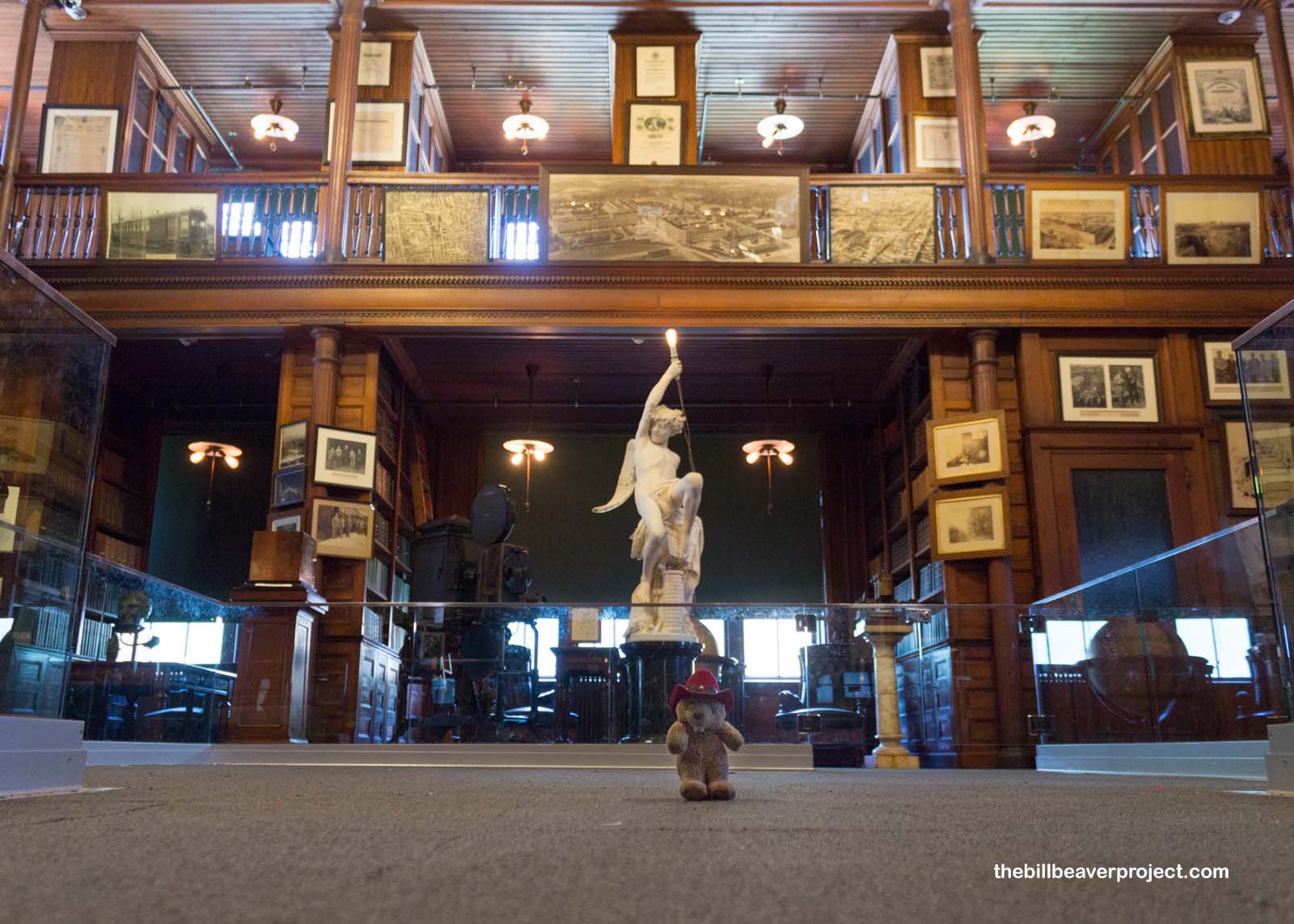 |
Mr. Edison’s work desk is also still pretty much the way he left it. He was very much a workaholic and sometimes fell asleep on various pieces of furniture around the lab rather than go home. It was hard to wake him, because, believe it or not, Mr. Edison had been mostly deaf his entire life! Some of his workers found his work naps so funny that they took photos of him a-snooze! That didn’t bother him too much, but it sure bothered his wife, who ordered him to install a bed here in his library so he could nap like a real human being!
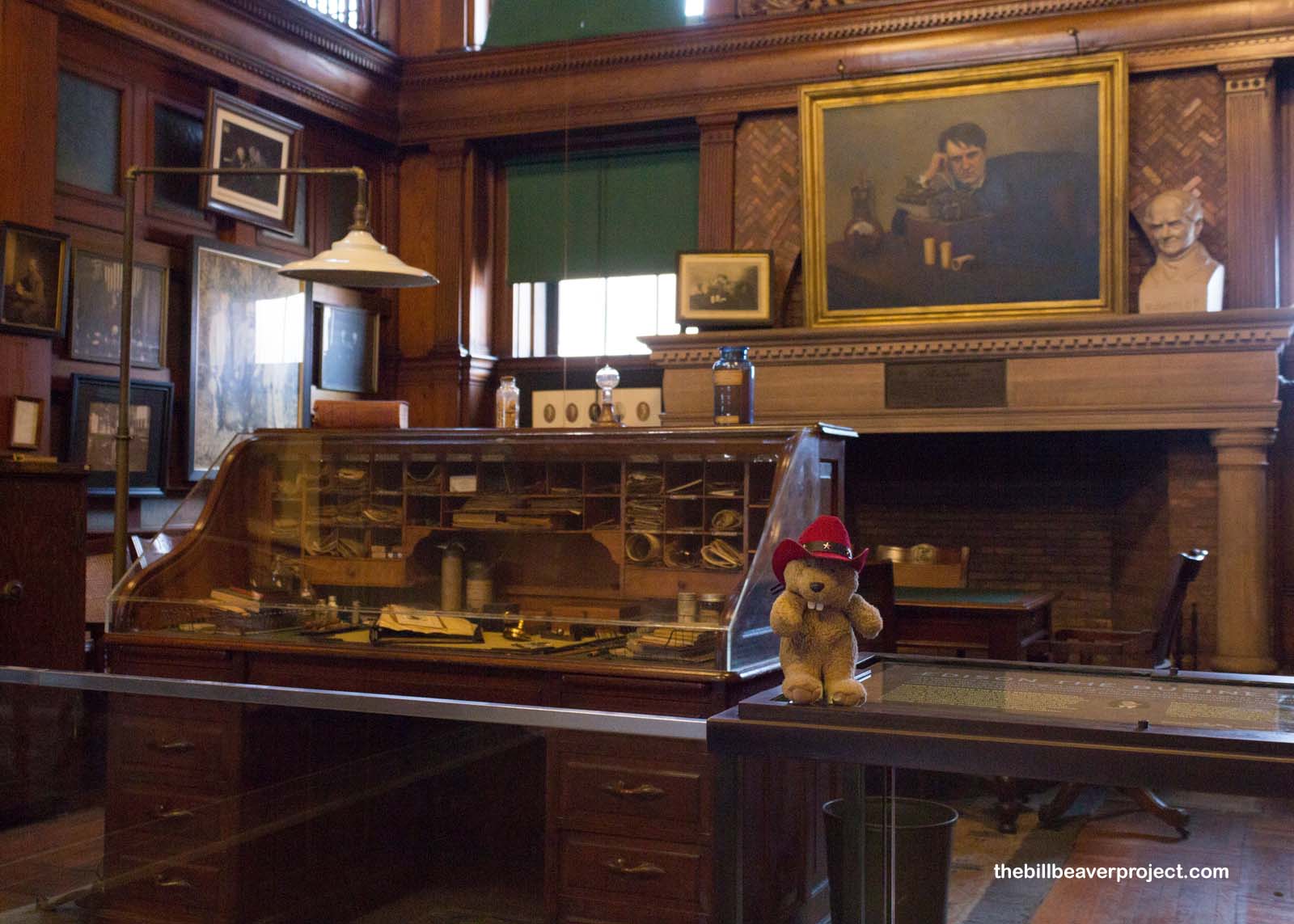 |
His most prized possession is still here too! As thanks for the incredible surge in business they received from the lightbulb’s reliance on copper wiring, representatives of the copper industry wanted to give Mr. Edison some kind of award. He thought about it for a while, then said he’d never seen a solid cube of copper, and he’d like that. The problem with smelting a cube of copper is that it has this tendency to expand, warp, and fill with air bubbles while it heats and cools. Such a block had never been created before! Yet, somehow, they found a way to deliver Mr. Edison his 486-pound cubic foot of copper looking pretty smooth on all sides!
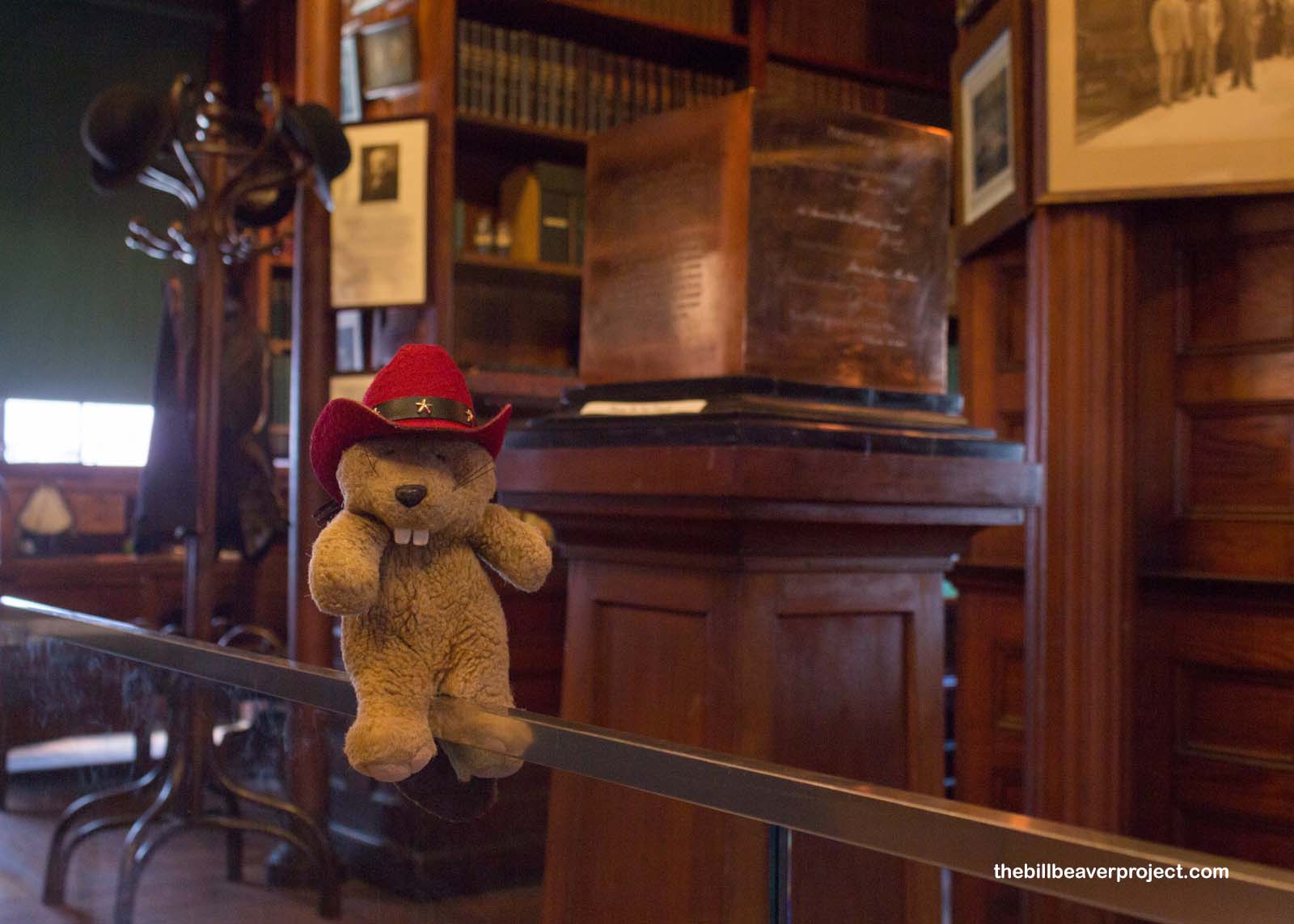 |
Beyond the library lay the Edison lab work rooms in three levels! On the ground level was Mr. Edison’s heavy machinery shop, in which his team made and operated machines! He made a point of gathering as many materials as he could within human knowledge so that any idea could be turned into something concrete quickly.
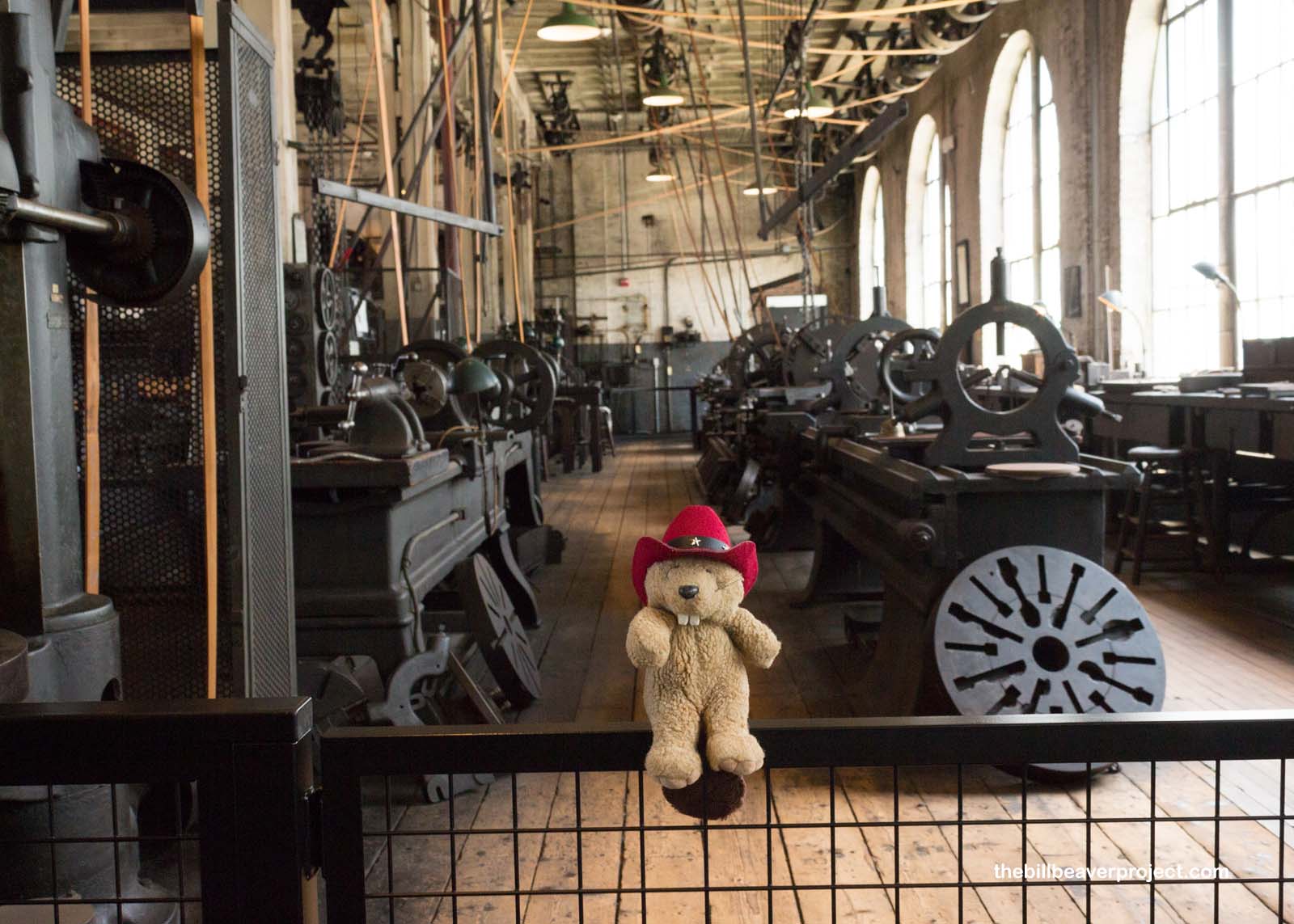 |
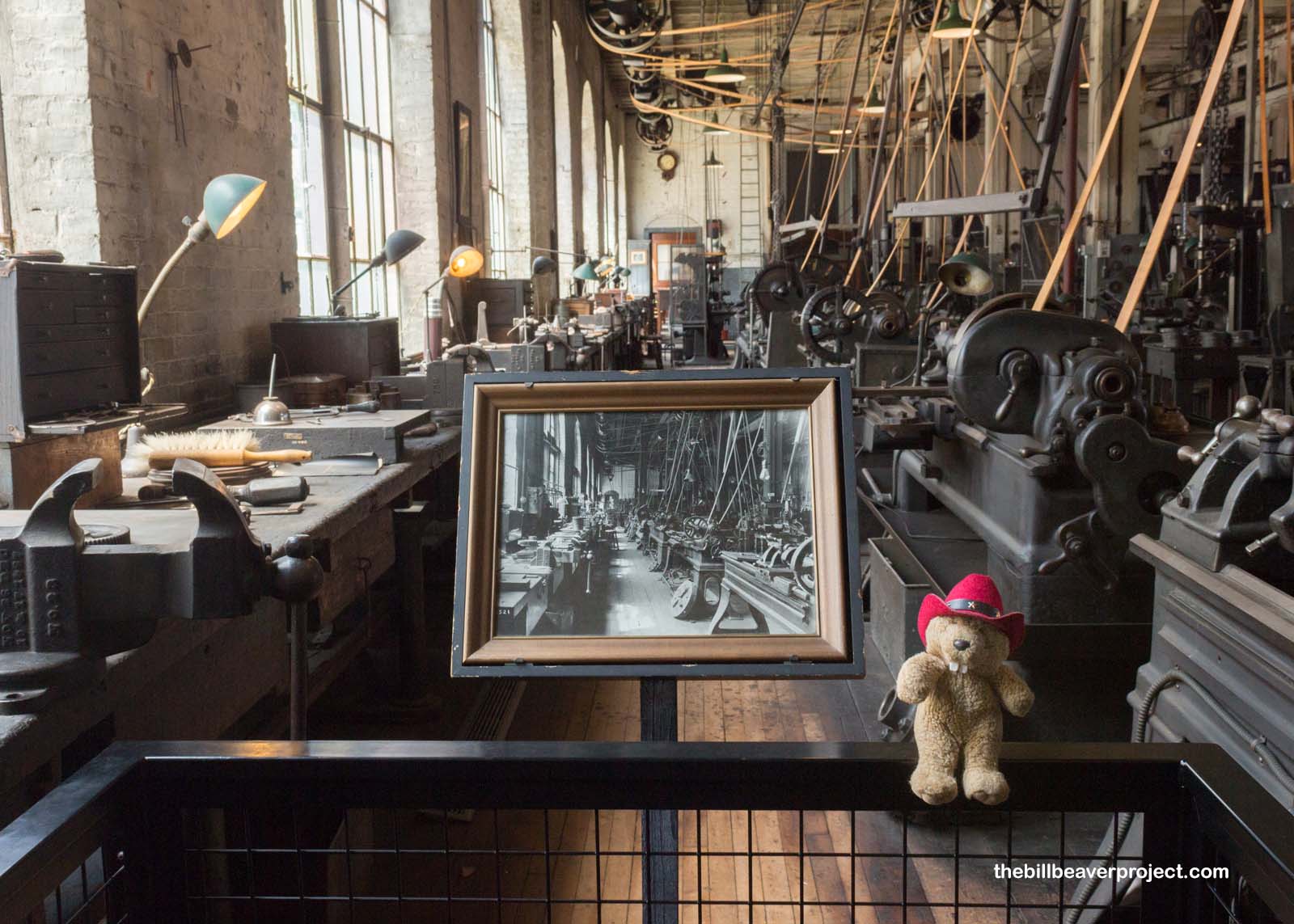 |
On the second level were more delicate machines for making parts. There was also an old kinetoscope, just like the kind that used to be set up in arcades to play short films shot on Edison-patented kinetographs!
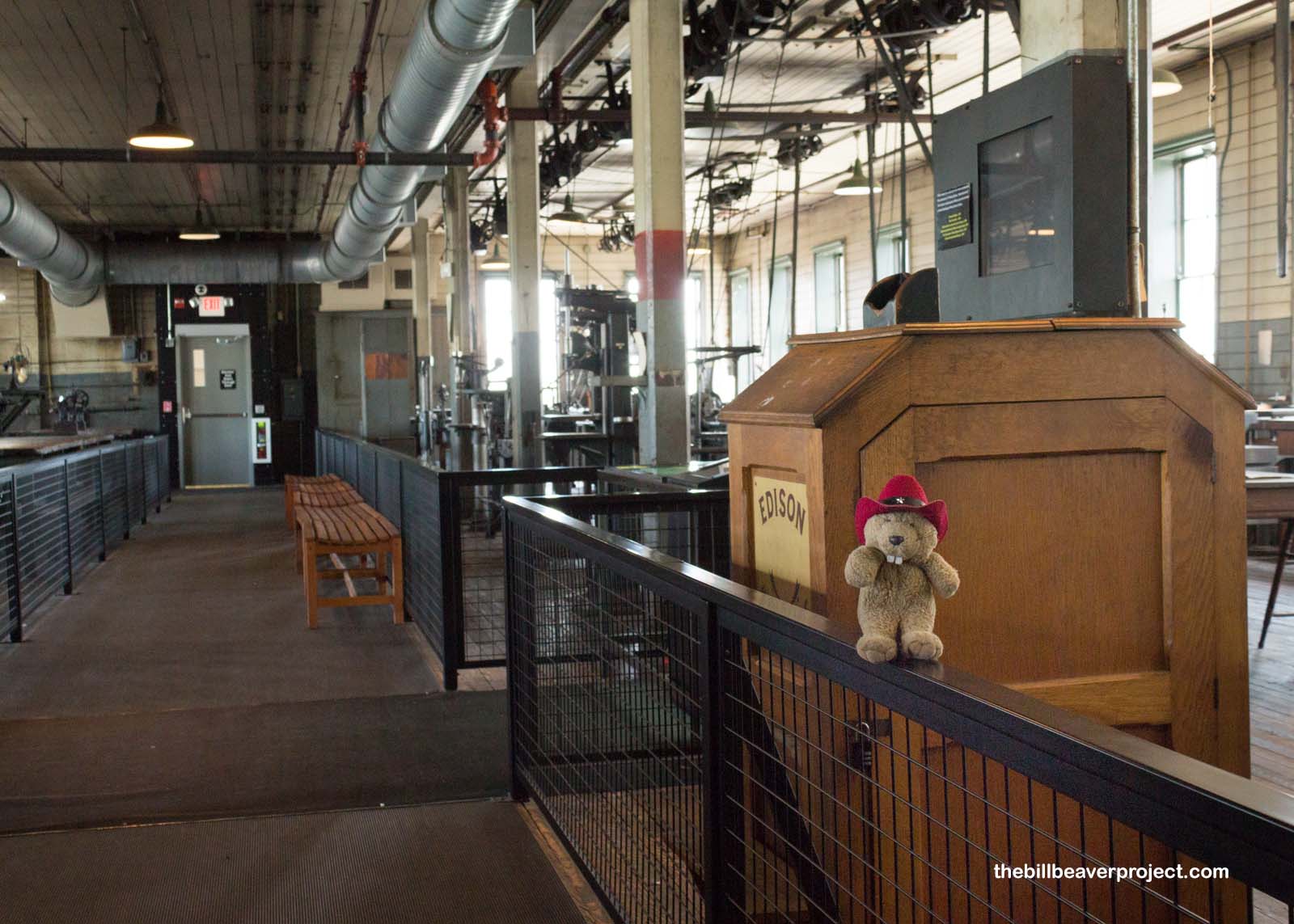 |
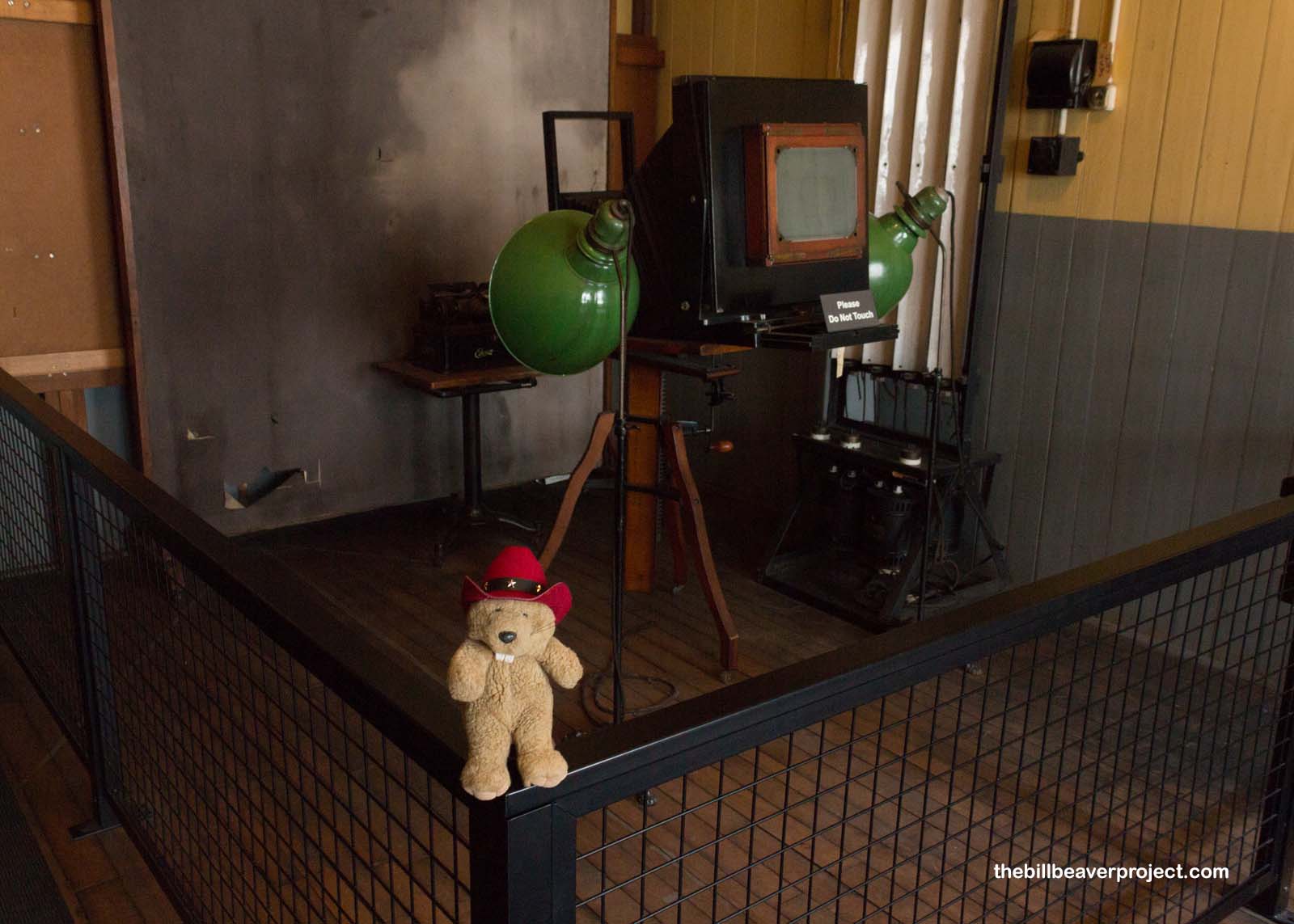 |
For Mr. Edison, while not the sole inventor of movies, was one of the first to put together all the pieces set up by Muybridge, the Lumiere Brothers, and the inventors of the phantascope. Assembling one of the first movie studios, called the “Black Maria,” he created a number of pioneering pictures, like The Great Train Robbery and Alice’s Adventures in Wonderland! He put patents on all these processes and was so fierce at defending them that many aspiring filmmakers moved west to California to escape the wrath of Edison. Without his patents, we’d never know Hollywood!
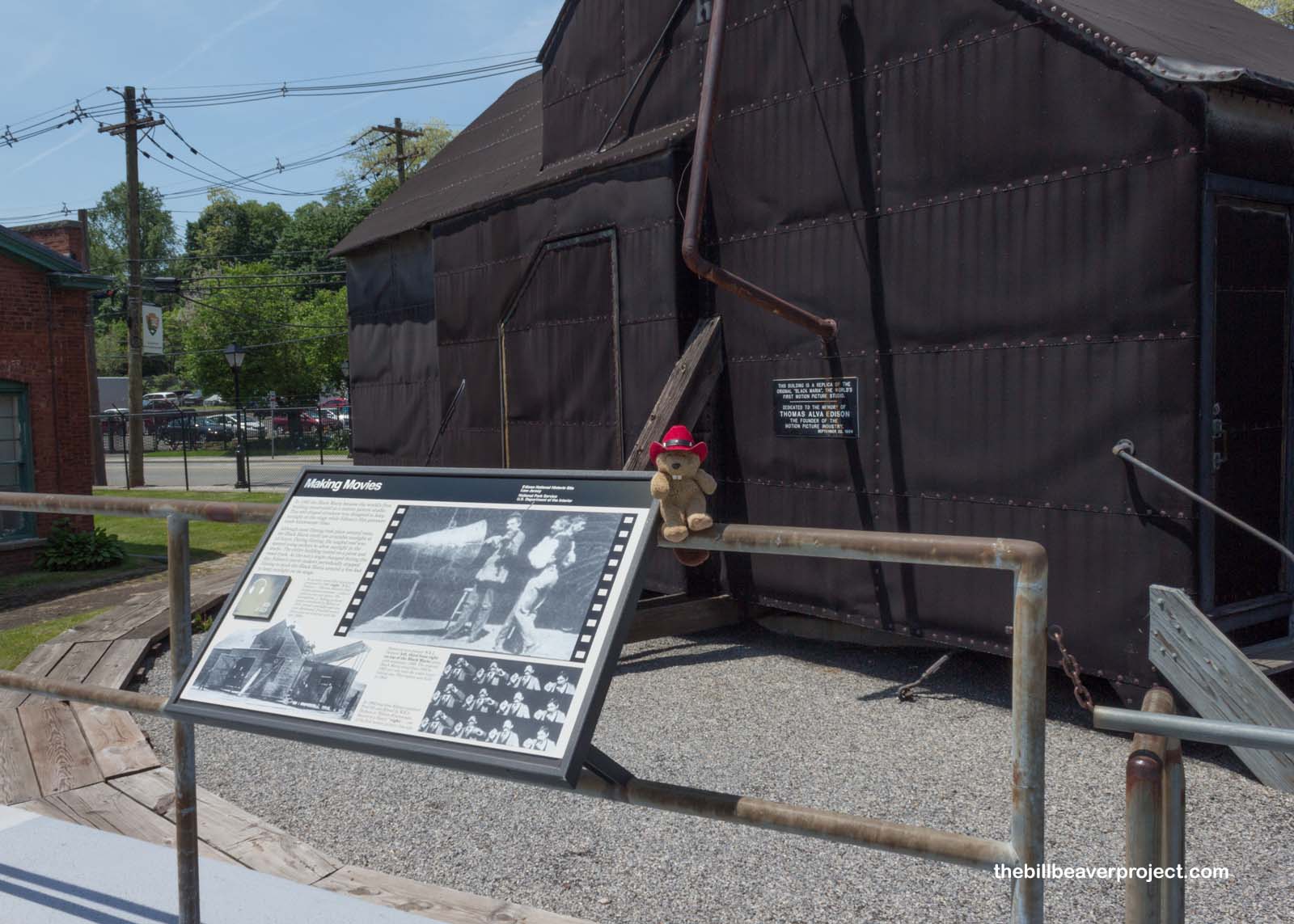 |
Just spending a few hours at Mr. Edison’s lab left me feeling lazy! I wondered how many ideas were still out there waiting to be plucked from the aether! We still don’t have our flying cars or skateboards yet, but beyond that, I wonder what inventions will emerge to revolutionize our Earthly lives within my lifetime. Maybe teleportation? That would definitely make my travels easier.
Stay inspired!

 Previous Day |
Total Ground Covered: 237.2 mi (381.7 km) |
 Next Day |
